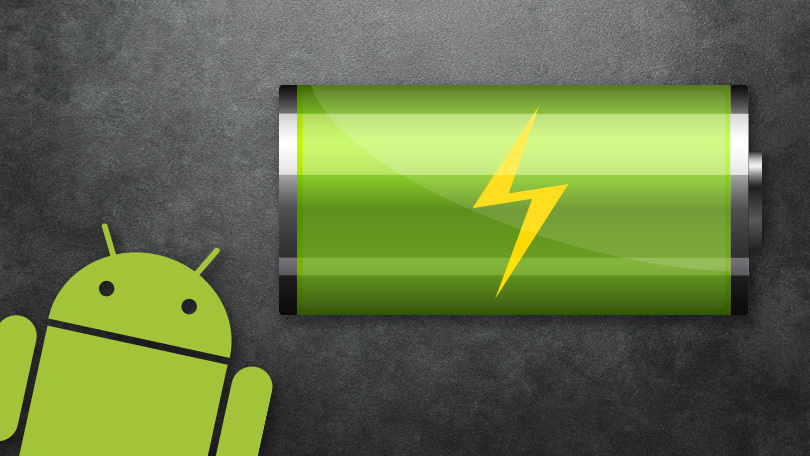

Android 13 was announced in an Android blog posted on February 10, 2022, and the first Developer Preview was immediately released for the Google Pixel series (from Pixel 4 to Pixel 6, dropping support for the Pixel 3 and Pixel 3a). It was released 4 months or so after the stable version of Android 12. Developer Preview 2 followed later, releasing in March. Currently, 4 beta versions are planned to be released in the future, each being released in April, May, June and July. Platform stability will be reached in June, with Beta 3.
The current previews of Android 13 focus on polishing the stable Android 12L release, improving privacy, security, and UI optimizations.
A new photo picker is introduced with the main goal of improving user privacy by restricting app media access. Most apps have not implemented this picker yet. In this same vein of privacy, a new permission level is introduced, NEARBY_WIFI_DEVICES. This permission allows access to various Wi-Fi related functions, such as searching for nearby devices and networks without needing to request access to location, as the implementation was in prior Android versions. Apps are now required to request a permission before they are able to send notifications.
According to Esper, Google is working on an Android 13 feature that would potentially be a game-changer for people using two SIM cards on a single phone. And maybe leave some extra room for smartphone manufacturers to utilize too.
Through a feature called Multiple Enabled Profiles (MEP), the search giant wants to assign two carrier profiles to a single eSIM and easily switch between networks. Google is reportedly basing the new feature on a patent filed in 2020, which describes a splitting of the existing SIM interface into two digital connections. There have been reports in the past that Google is testing it on an engineering Pixel hardware.
In turn, this could allow manufacturers to get rid of the SIM card slot as a whole leaving room for some extra hardware. We could see the return of microSD cards or we could see slightly bigger batteries too.
Even though the source believes that the feature will debut with Android 13, it’s actually not intrinsic to Android. It can be implemented on iOS and even Windows.
SIMILAR
- Realme set to launch Book Prime, Buds Air 3, and Smart TV Stick April 7
- iOS 15.4.1 and iPadOS 15.4.1 released to fix battery drain issues
Leave a Reply